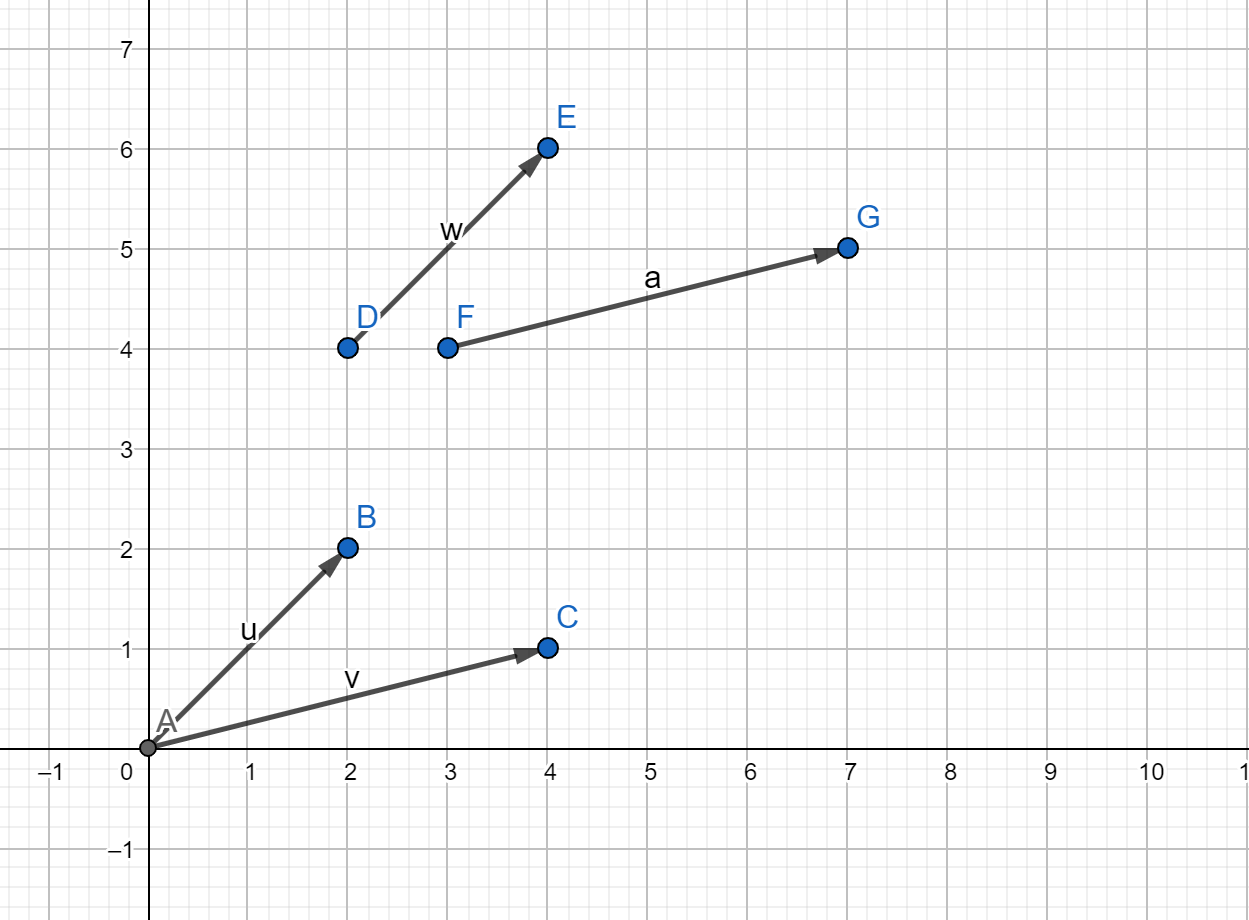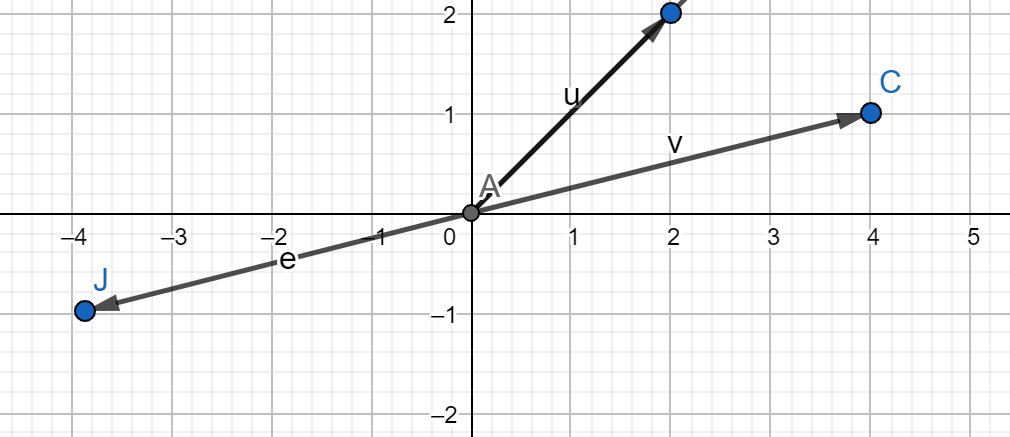With the democratization of AI/ML and open source libraries like Keras, scikit-learn etc, anyone with basic python knowledge can set up a working ML classifier in under 5 mins time. While this is more than enough to get started, if you want to understand how different ML algorithms work or implement the latest SOTA (State of the Art) papers to your particular domain, the lack of mathematical expertise quickly becomes a bottleneck as I have experienced firsthand.
In this set of articles, I would try to introduce fundamental mathematics concepts one at a time for non math audience and show it’s practical use in ML / AI domain.
We start off with the simplest of the lot, vectors.
Vectors are simply quantities with direction. A few relatable real world example of vectors are Force, velocity, displacement etc.
For moving a shopping cart, you need to push (apply force) in the direction you want to move the cart. The force expended by you in moving the cart can be described fully by two values, the intensity (magnitude) of the push and the direction you pushed the cart. Any such quantity which requires both magnitude and direction to describe completely is called a vector.
Vectors are usually represented as bold lower case characters like **v, w **etc.Since writing boldface characters using pen and paper is difficult, it’s also represented with an arrow on top of lower case characters when using pen and paper. For this article, we will stick with boldface representation.
Graphically vectors are represented as arrows whose length signify the magnitude (intensity) of the vector and whose angle (from a frame of reference; in this case horizontal )represent the direction of the vector as shown below.

Image by Author
Please note that it is not required that the vector should start from origin (0,0). They can start from any point. For e.g. In the above diagram, u = w and v = **a **since they have same magnitude and same direction.
There are many ways to represent vectors mathematically. As Data scientists, the one we are interested in is to represent them as a tuple of numbers. Thus vector u can be represented as (2,2) while vector v can be represented as (4, 1). Same holds true for vector w and a.
Though it is easy for us to visualize vectors in 2 and 3 dimensions, the concept of vectors is not limited to 2 and 3 dimensions. It can be generalized to any number of dimensions and this is what makes vectors so useful in Machine Learning.
#machine-learning #data-science #word-vectors #mathematics #linear-algebra
